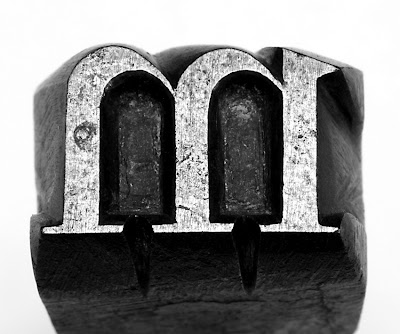mf150
Well-Known Member
I'm a complete novice when it comes to this hobby/obsession. So, I have a question for you all.
I just bought a nice cobalt smooth-base soda online. The seller says that some of the embossing was peened out (namely the initials of the manufacturers/props.). Was this done to deceive collectors at a later time or was it common practice when the business changed ownership? I have sent a message to the seller asking him/her, but I'd like your input.
Any info is apreciated. Thanks.
I just bought a nice cobalt smooth-base soda online. The seller says that some of the embossing was peened out (namely the initials of the manufacturers/props.). Was this done to deceive collectors at a later time or was it common practice when the business changed ownership? I have sent a message to the seller asking him/her, but I'd like your input.
Any info is apreciated. Thanks.



